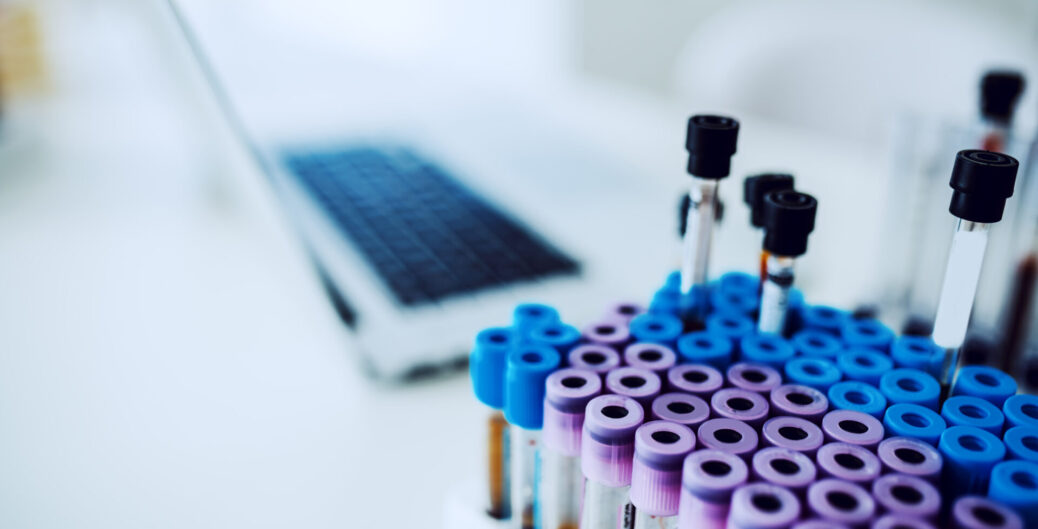
According to The HIPAA Journal, the number of major breaches (500+ records) in the U.S. has stayed above 700 per year for three consecutive years. But more alarming than the number of incidents is the volume of affected medical records (PHI).

According to The HIPAA Journal, the number of major breaches (500+ records) in the U.S. has stayed above 700 per year for three consecutive years. But more alarming than the number of incidents is the volume of affected medical records (PHI).

Choosing the right LIMS is crucial for lab growth, as it must offer adaptability, cost-effectiveness, seamless integration, and compliance while supporting easy data analysis and user-friendly onboarding. Prioritizing these factors ensures your lab’s continued success and innovation.

The article concludes by acknowledging that while a perfect LIMS may not yet exist, many current systems incorporate features that bring us closer to this ideal. It encourages continual dreaming and striving for these goals to improve laboratory management systems.

The article discusses practical uses of AI in labs, stressing the importance of treating it as a tool rather than a standalone solution. It explores AI’s role in image analysis, language processing, billing, quality control, training, efficiency analysis, and diagnostics. Collaboration between data scientists and medical professionals is highlighted as crucial for maximizing AI’s potential. The article advocates for a symbiotic human-AI relationship to drive lab businesses forward.

Clinical laboratories are bustling hubs of activity, where lab personnel work tirelessly to analyze samples and produce accurate results. In this article, we explore how Laboratory Information Management Systems (LIMS) are revolutionizing the way labs operate. From streamlining workflow to enhancing quality control and resource management, LIMS play a vital role in empowering lab personnel to excel in their roles.

The elusive nature of laboratory quality, likening it to a mythical unicorn. It emphasizes the relative nature of quality and the need to tailor indicators to specific lab contexts. Highlighting the role of Laboratory Information Management Systems (LIMS), it discusses how LIMS can help identify and address errors, ultimately optimizing quality management. The article concludes with steps for customizing LIMS to enhance quality, emphasizing the importance of active involvement, setting criteria, and implementing trigger warnings for error detection.

How Laboratory Information Management Systems (LIMS) will evolve to meet various needs in laboratories, including enhancing patient care, improving economic efficiency, ensuring smooth logistics, and managing data effectively for research. It emphasizes the importance of adapting LIMS functionalities to evolving needs and fostering collaboration between vendors for successful implementation.

In the world of laboratory management, LIS and LIMS represent distinct yet converging approaches, each grappling with common challenges like Management, Methods, and Matter handling. While LIS emphasizes patient-centric care, LIMS prioritizes productivity and data processing. However, both share a common goal: saving lives. Integration of these approaches is essential for navigating the complexities of modern healthcare effectively.

Welcome to an exploration of the pivotal role Laboratory Information Management Systems (LIMS) play in modern healthcare. In this article, we unravel how LIMS catalyzes collaboration, innovation, and value creation across the healthcare landscape. Join us as we navigate the challenges and opportunities facing laboratories today and illuminate a path towards a future where laboratories are drivers of positive change in healthcare delivery.

Lab professionals often face frustration with Laboratory Information Management Systems (LIMS). This article explores common challenges and offers practical solutions. By choosing the right LIMS, optimizing processes, and embracing data-driven decision-making, labs can turn LIMS into a tool for efficiency and innovation.